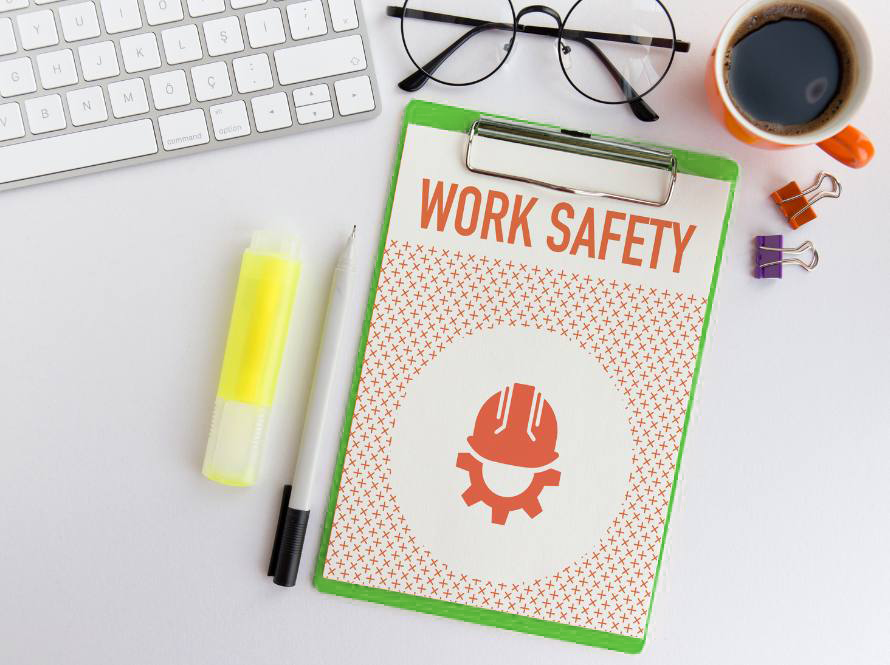
The majority of earthquake related injuries are caused by falling furniture or objects. Fortunately, there is much we can do to mitigate this risk.
Be proactive in improving seismic safety! Are there any heavy or large items in your workspace that could fall place you or others at risk in the event of an earthquake?
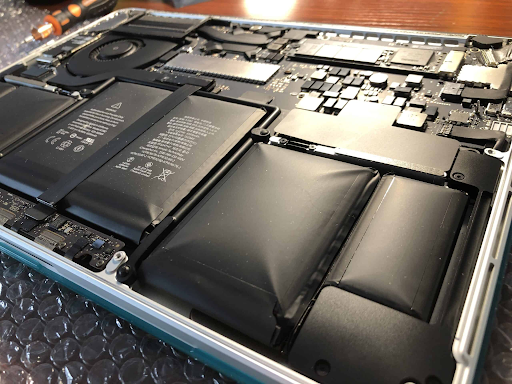
If you find a swollen battery or swollen device onsite, report it immediately to Sarah McGinn ([email protected]). Battery issues in laptops or tables are handled by CSIT ([email protected]). You can also contact the Site Operations Center (SOC – 510-486-6999 or [email protected]).
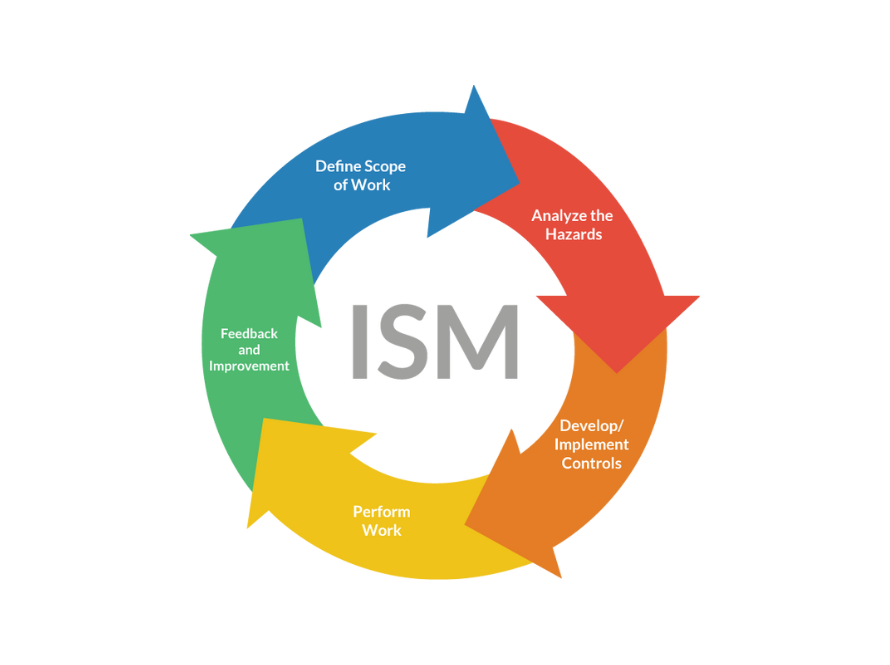
Integrated Safety Management (ISM) is the Department of Energy’s framework for how we protect ourselves and each other while pursuing the Lab’s mission. With the ISM Guiding Principles as its foundation, ISM systematically integrates safety into management and work practices at all levels.
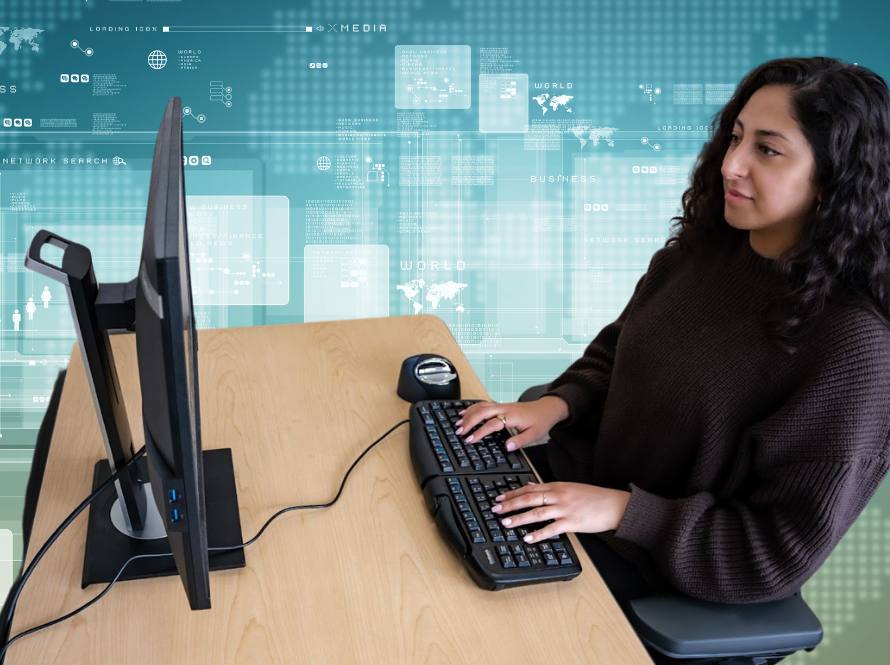
The Berkeley Lab Ergonomics Program helps optimize employee safety with the ultimate goal of reducing the likelihood and severity of ergonomic-related discomfort and/or injuries. The program provides ergonomic evaluations, consultations, and training.

The LBNL Safety Resources Page provides various links that will help familiarize you with essential safety guidelines and good practices. Explore this page to learn about safety guidelines for laboratory research, transportation, and construction activities.
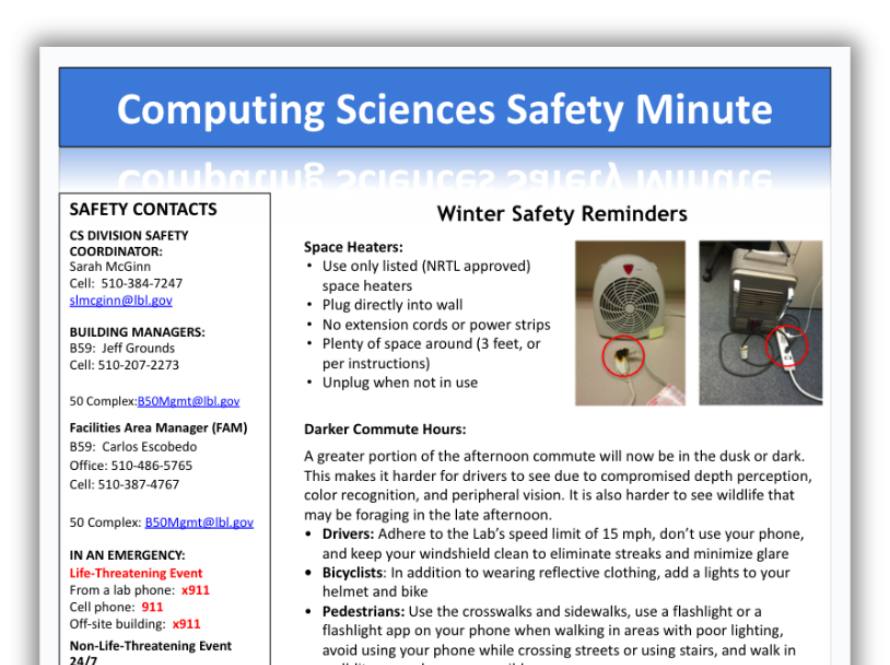
Computing Sciences Safety Minute fliers are deployed quarterly to bulletin boards, break areas, and restrooms throughout B59 (Shyh Wang Hall) and select areas of the Building 50 complex. They are a quick reference featuring timely, relevant safety reminders and quick safety contact information.
Browse current and past CS Safety Minute fliers using the link below.

Healthy & Well at LBNL is a centralized location for Lab staff to find support and resources to help build their health, wellness and well-being. Get resources for mental and emotional health, physical health and activity, financial wellbeing, and family resources like parenting advice and elder care.
The site is a collaborative effort between Health Services and Human Resources to support Lab staff and their families.

See something? Say Something!
If you have any safety-related concerns, suggestions, or improvements, reach out to the CS Area Safety Coordinator, Sarah McGinn.
For Maintenance, issues, or repairs…



